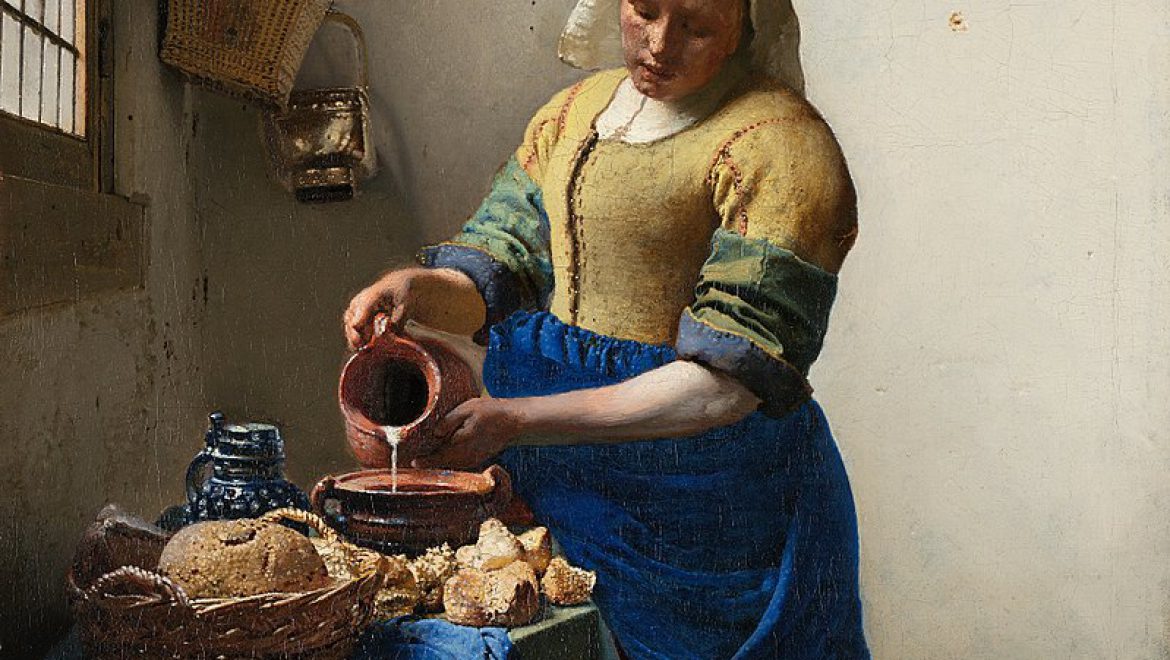
This creative post by Karen Wolfers-Rapaport includes a photographic representation of each verse of Eishet Chayil, along with background information and deeper explanations of the text. It is an interesting resource for anyone looking for new perspectives on the custom. The author and photographer is a psychotherapist specializing in Narrative Therapy. This article was posted on TheJewishWoman.org, a section of the Chabad Lubavitch website directed towards women.
Eishet Chayil: A Pictorial View of the Woman of Valor
The exquisite and multi-layered poem “Eishet Chayil” (“Woman of Valor”), was written by King Solomon as part of Proverbs, a book of great wisdom. We sing this ode to women before kiddush on Friday evening, as we welcome in the Shabbat Queen. On a more esoteric level, some biblical commentators have interpreted “Eishet Chayil” to be a praise of wisdom or Torah.
“Eishet Chayil” is alphabetical. Each verse begins with a different Hebrew letter, for just as the letters of the Hebrew alphabet are the building blocks of creation, so too is the Jewish woman. Among the alphabet’s elegant curves and contours is a blueprint for a life of meaning, a life of wisdom. “Eishet Chayil” symbolizes such wisdom and foundation.
Jewish women are conduits. They nourish, sustain and generate creation. The Hebrew letters speak through them, and “Eishet Chayil” is dedicated to them:
A woman of valor, who can find? Far beyond pearls is her value. Her husband’s heart trusts in her, and he shall lack no fortune.
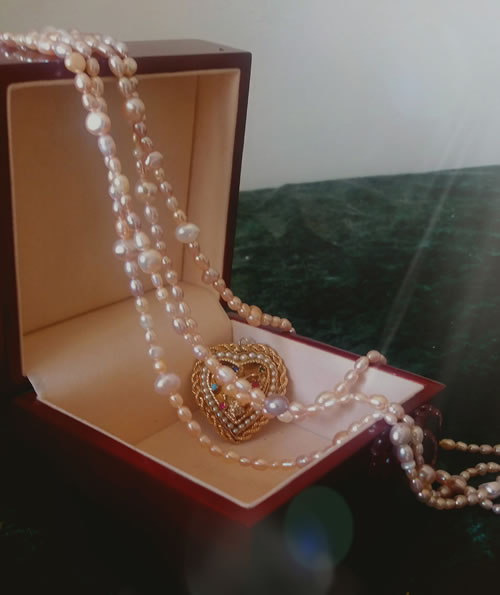
She repays his good, but never his harm, all the days of her life. She seeks out wool and linen, and her hands work willingly.
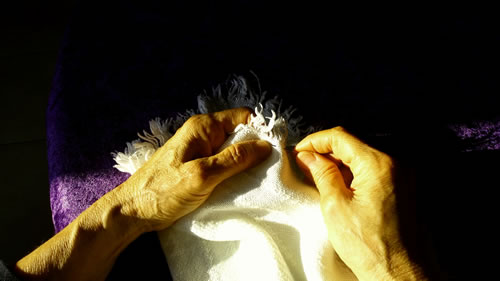
She is like a merchant’s ships; from afar she brings her sustenance. She rises while it is still nighttime, and gives food to her household and a ration to her maid.
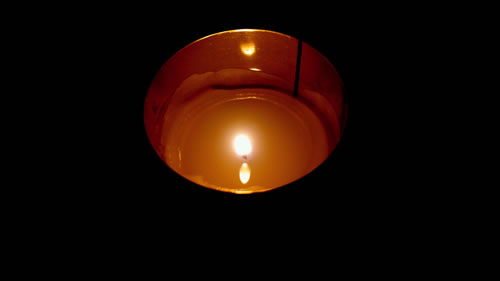
She considers a field and buys it; from the fruit of her handiwork she plants a vineyard. She girds her loins with might and strengthens her arms.
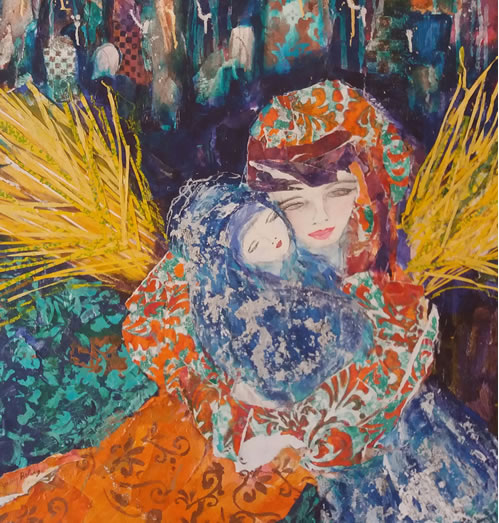
She senses that her enterprise is good, so her lamp is not extinguished at night. She puts her hand to the distaff, and her palms support the spindle.
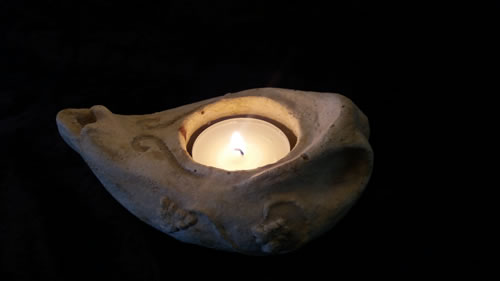
She spreads out her palm to the poor and extends her hands to the destitute. She fears not snow for her household, for her entire household is clothed with scarlet wool.
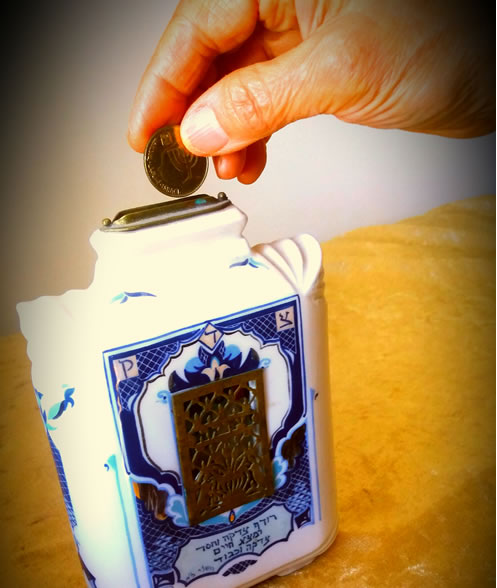
Bedspreads she makes herself; linen and purple wool are her clothing. Well-known at the gates is her husband, as he sits with the elders of the land.
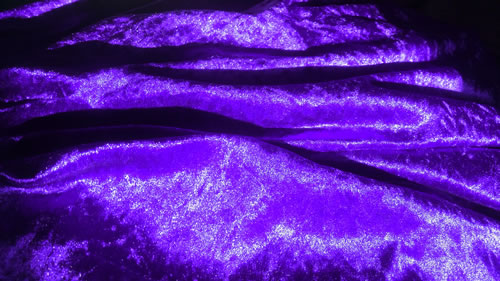
Garments she makes and sells, and she delivers a belt to the peddler. Strength and splendor are her clothing, and smilingly she awaits her last day.
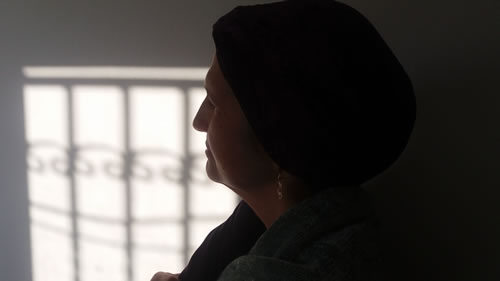
She opens her mouth with wisdom, and the teaching of kindness is on her tongue. She anticipates the needs of her household, and the bread of idleness, she does not eat.
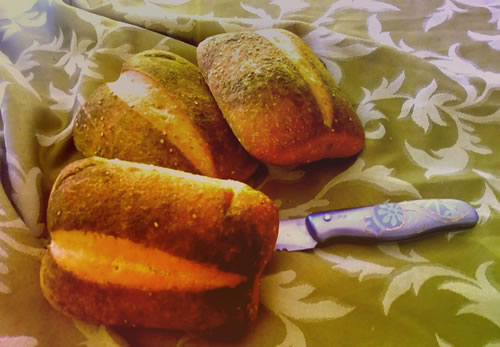
Her children rise and celebrate her; and her husband, he praises her: “Many daughters have attained valor, but you have surpassed them all.”

False is grace, and vain is beauty; a G‑d-fearing woman, she should be praised.
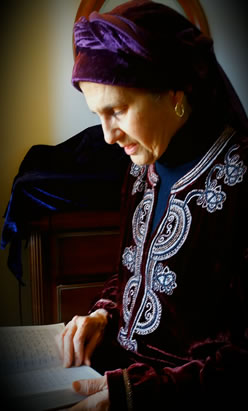
Give her the fruit of her hands, and she will be praised at the gates by her very own deeds.
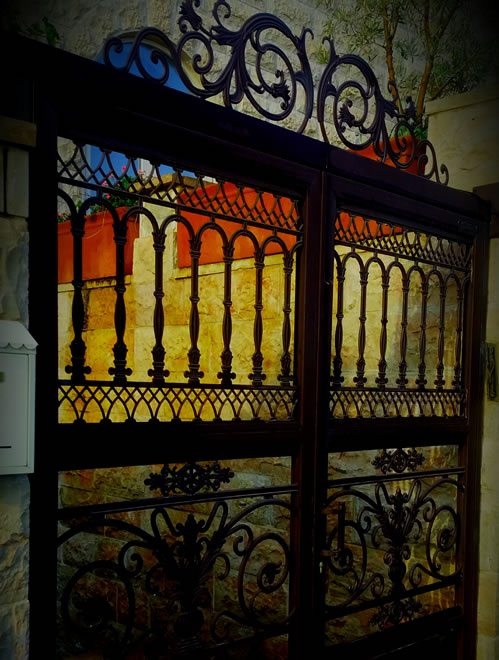
The eishet chayil is one powerful woman, and she has been at the forefront of our people’s spiritual and communal growth since our inception. Before Mount Sinai, Moses presented the Torah to the Jewish woman first, signifying her primary role in birthing and educating the nation. The Jewish woman today is entrusted with the three mitzvahs central to the Jewish home—kashrut, Shabbat and mikvah—through which she perpetuates the family and its peace. And in the Jewish woman’s merit, the final redemption will occur, bringing an era of peace and G‑dliness to the entire world.
What’s the secret to the Jewish woman’s powerful influence, foresight and intelligence?
According to the Talmud, women were created with an extra dose of wisdom and understanding, called binah yeteirah. This is deeper than “women’s intuition”; it is the ability to enter something and understand it from the inside.
“Eishet Chayil” opens with the words “A woman of valor, who can find? Far beyond pearls is her value.” Why compare a woman’s value to that of pearls? In Hebrew, the word for “inside” (penima) is similar to the word for “pearl” (penina). A pearl can only be formed inside an oyster.
Natural pearls form when an irritant, usually a parasite, works its way into an oyster. As a defense mechanism, a fluid is used to coat the irritant. Layer upon layer of this coating is deposited, until a dazzling pearl is formed.
Irritants are cumbersome. Irritants are annoying. Often, they are painful. But they can also be catalysts for great transformation.
Similarly, the eishet chayil faces changes and transitions, peaks and valleys, twists and turns. She balances commitments and responsibilities in the home, community and workplace. But through all the irritants, challenges and imperfections of life, the eishet chayil manages to develop her relationship with G‑d, for she knows it is He who sustains her throughout the ebbs and flows. Through layer upon layer of strength, courage, persistence, wisdom and valor, she transforms herself into a pearl. And she is radiant.
The glorious words in “Eshet Chayil” beckon the potential within, which waits to be revealed in every woman . . .

